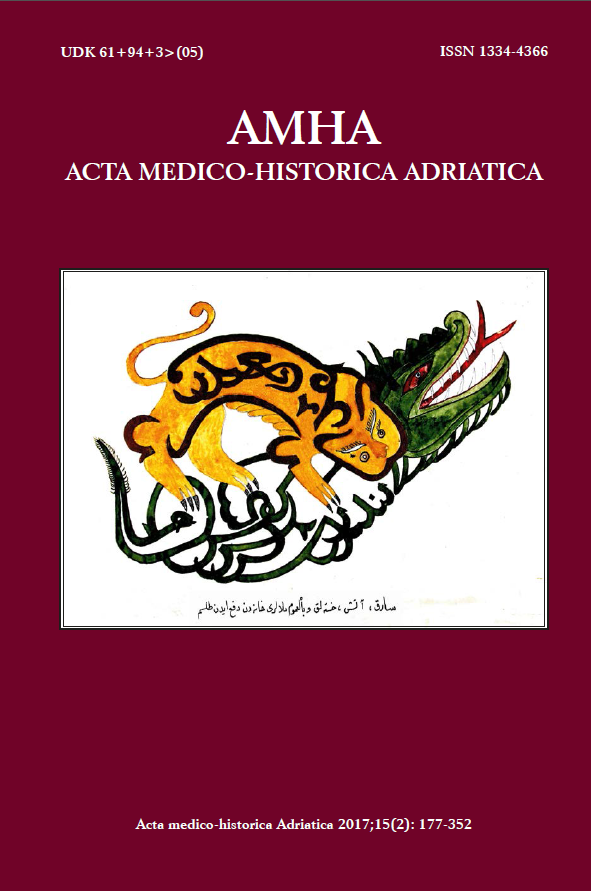DEVASTATING EPIDEMICS IN RECENT AGES GREEK POPULATIONS
Keywords:
devastating epidemics, Greece, recent agesAbstract
https://doi.org/10.31952/amha.15.2.6
In the recent Greek ages the most devastating epidemics were plague, smallpox, leprosy and cholera. In 1816 plague struck the Ionian and Aegean Islands, mainland Greece, Constantinople and Smyrna. The Venetians ruling the Ionian Islands effectively combated plague in contrast to the Ottomans ruling all other regions. In 1922, plague appeared in Patras refugees who were expelled by the Turks from Smyrna and Asia Minor. Inoculation against smallpox was first performed in Thessaly by the Greek women, and the Greek doctors Emmanouel Timonis (1713, Oxford) and Jakovos Pylarinos (1715, Venice) made relevant scientific publications. The first leper colony opened in Chios Island. In Crete, Spinalonga was transformed into a leper island, which following the Independence War against Turkish occupation and the unification of Crete with Greece in 1913, was classified as an International Leper Hospital. Cholera struck Greece in 1853-1854 brought by the French troops during the Crimean War, and again during the Balkan Wars (1912-13) when the Bulgarian troops brought cholera to northern Greece. Due to successive wars, medical assistance was not always available, so desperate people turned many times to religion through processions in honor of local saints, for their salvation in epidemics.


